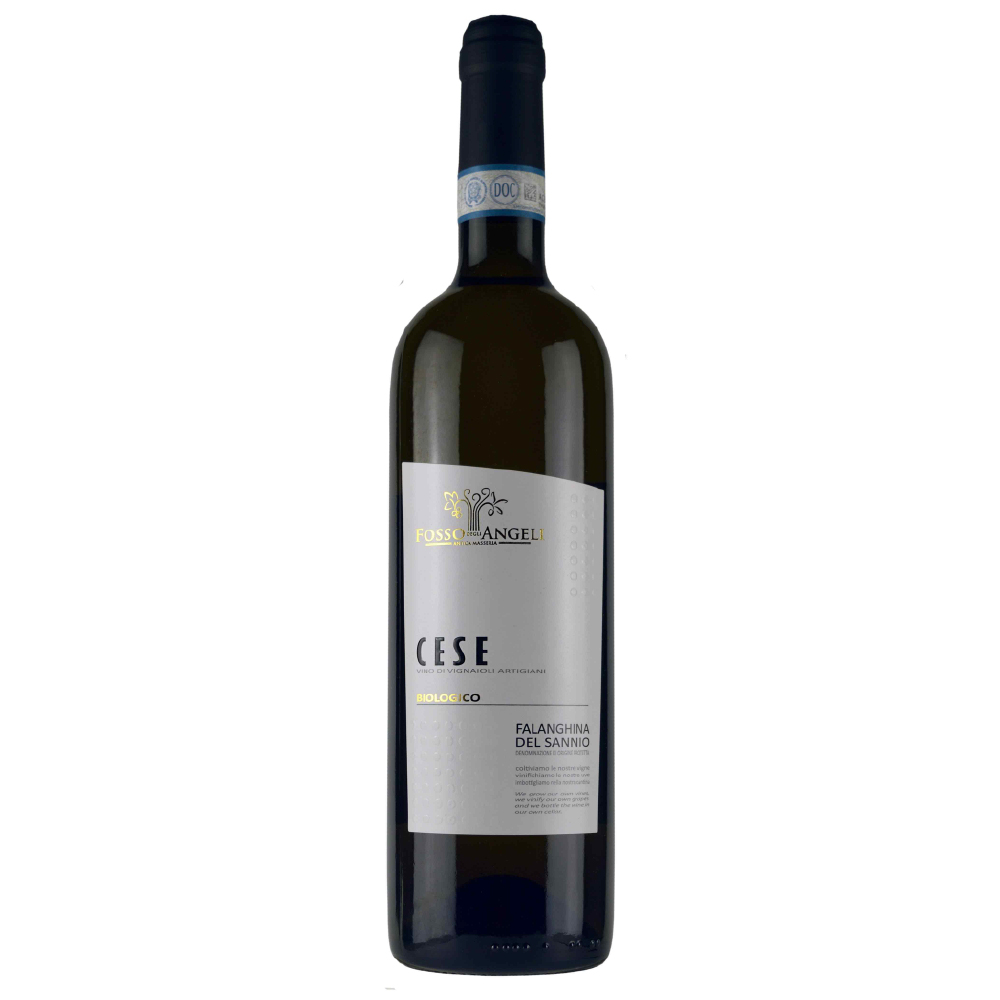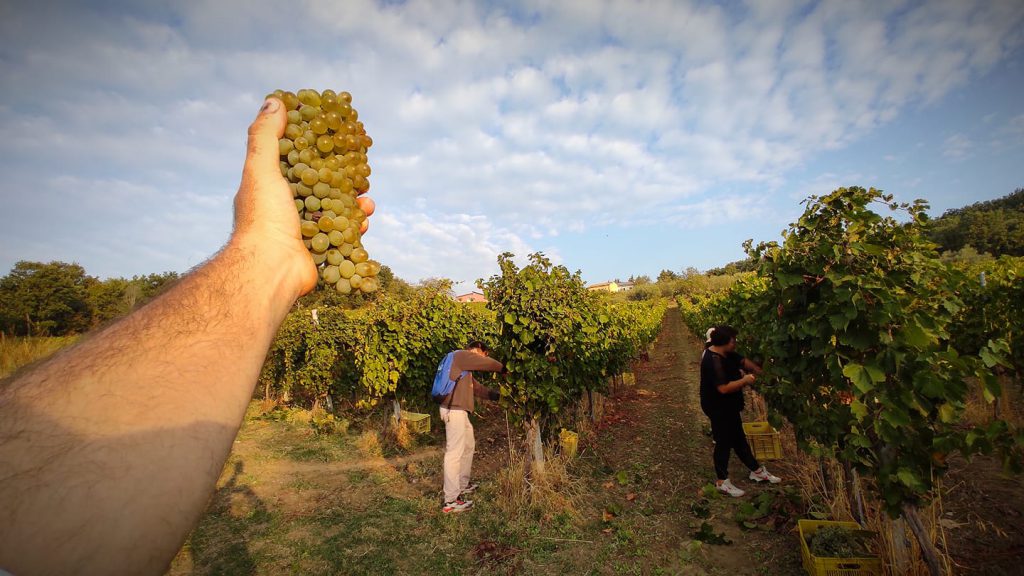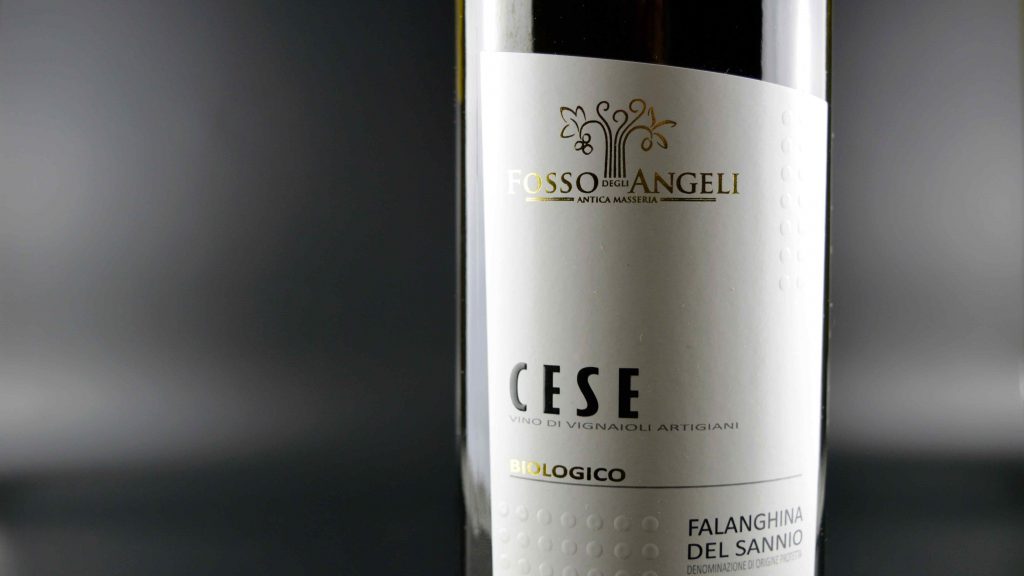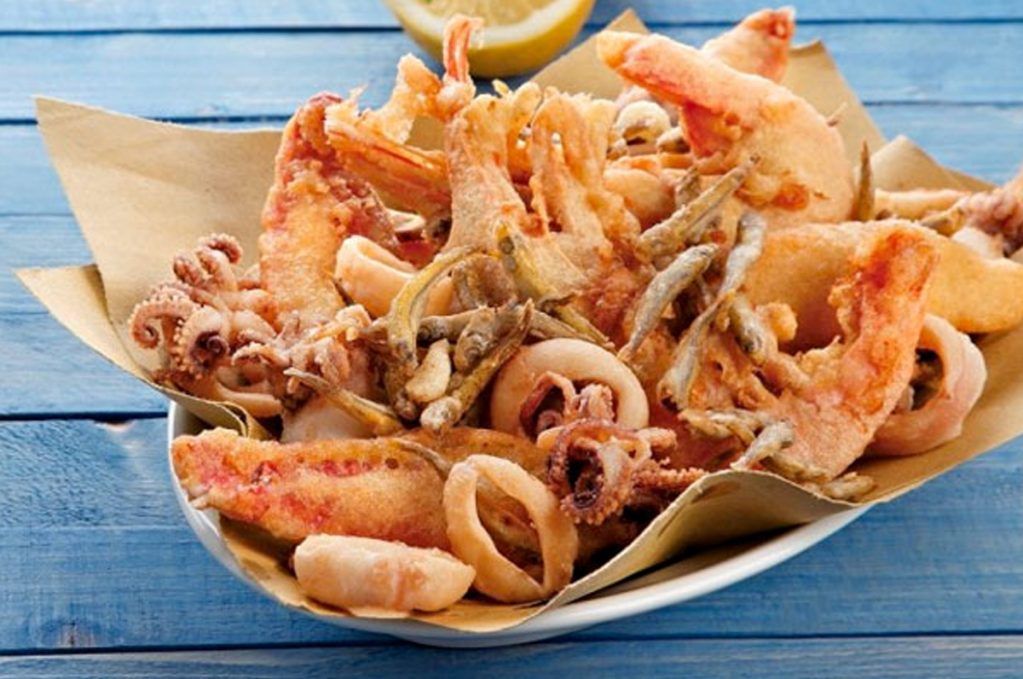EARTH + ROCK + SUN =
MINERAL FLAVOURS .... RARE 🙂



cese

Denomination: Falanghina del Sannio DOC
Certification: organic wine
Area: Casalduni
Grapes: Falanghina 100%
Year of planting vineyards: 2012 – 2018
Soil: clay – calcareous volcanic soil
Altitude: 560 mt. s.l.m. avarage of the vineyards
Exposure: s-o / e
Prunning method: Guyot 3500 vines/hectare
Production: 70 ql./ha
Harvest period: late september, early october
Harvest: manual in boxes
Vinification: crushing and destemming, cold maceration with the skins for 12h and soft pressing. Fermentation with indigenous yeasts in steel at a controlled temperature.
Aging: in steel tanks for 12 months and then in bottles for 12 months
Pairings
CESE Falanghina wine is perfect with all Mediterranean dishes, served with appetizers, rice or pasta with seafood, legume soups or soups with mushrooms.
Let’s face it, it is a very versatile wine for our cuisine, but the most popular pairing is with a good mixed fried fish.
We can continue with shellfish dishes and finally we also recommend pairings with white meats, for example, juicy guinea fowl parcels with pink pepper, but also with grilled chicken with oil, rosemary and lemon.

historical notes
Falanghina is certainly one of the symbolic white grape varieties of the Benevento area. Both its origins and its etymology are uncertain, as there are no established historical sources. The first certain information is found in nineteenth-century agricultural treatises. It is thought that the vine is of Greek-Balkan origin and was introduced to Campania by the Aminei, a people of Pelasgian origin who came from Thessaly. Many scholars take it for granted that it was cultivated in Roman times, so much so that they hypothesize that Falanghina wine descends from the ancient Falernum Gauranum, or Falerno bianco del Gàuro, known as the “wine of the emperors”, enthusiastically described by Pliny the Elder, Horace, Virgil and Cicero. There are various etymological hypotheses: traditionally it was tied to support poles, in Greek falangos, from which Falanghina means “vine supported by poles”; others believe that the grape resembles the “phalange” of the finger, so the reference is to the Greek-Latin term “phalange”. The last hypothesis is for successive modifications of the term “Falerina”, referring precisely to the ancient Falerno wine. Almost abandoned during the centuries, it was subsequently rediscovered because it remained almost unharmed by the attacks of phylloxera, given that it was grown on volcanic soil. In the last 2 decades it has had an increasing success, especially since many producers have undertaken the path of pure winemaking. Today, essentially 2 clones can be distinguished, one from Benevento and one from Phlegraean. The characteristics are those of a straw yellow wine with greenish to golden reflections, fruity notes of banana, apple, pineapple and peach, floral notes, citrus, honey and herbaceous. Dry, fresh and delicate flavor but with a hint of acidity.
Share this:
- Click to share on Facebook (Opens in new window)
- Click to share on WhatsApp (Opens in new window)
- Click to share on Twitter (Opens in new window)
- Click to share on Pinterest (Opens in new window)
- Click to share on Tumblr (Opens in new window)
- Click to email a link to a friend (Opens in new window)
- Click to print (Opens in new window)